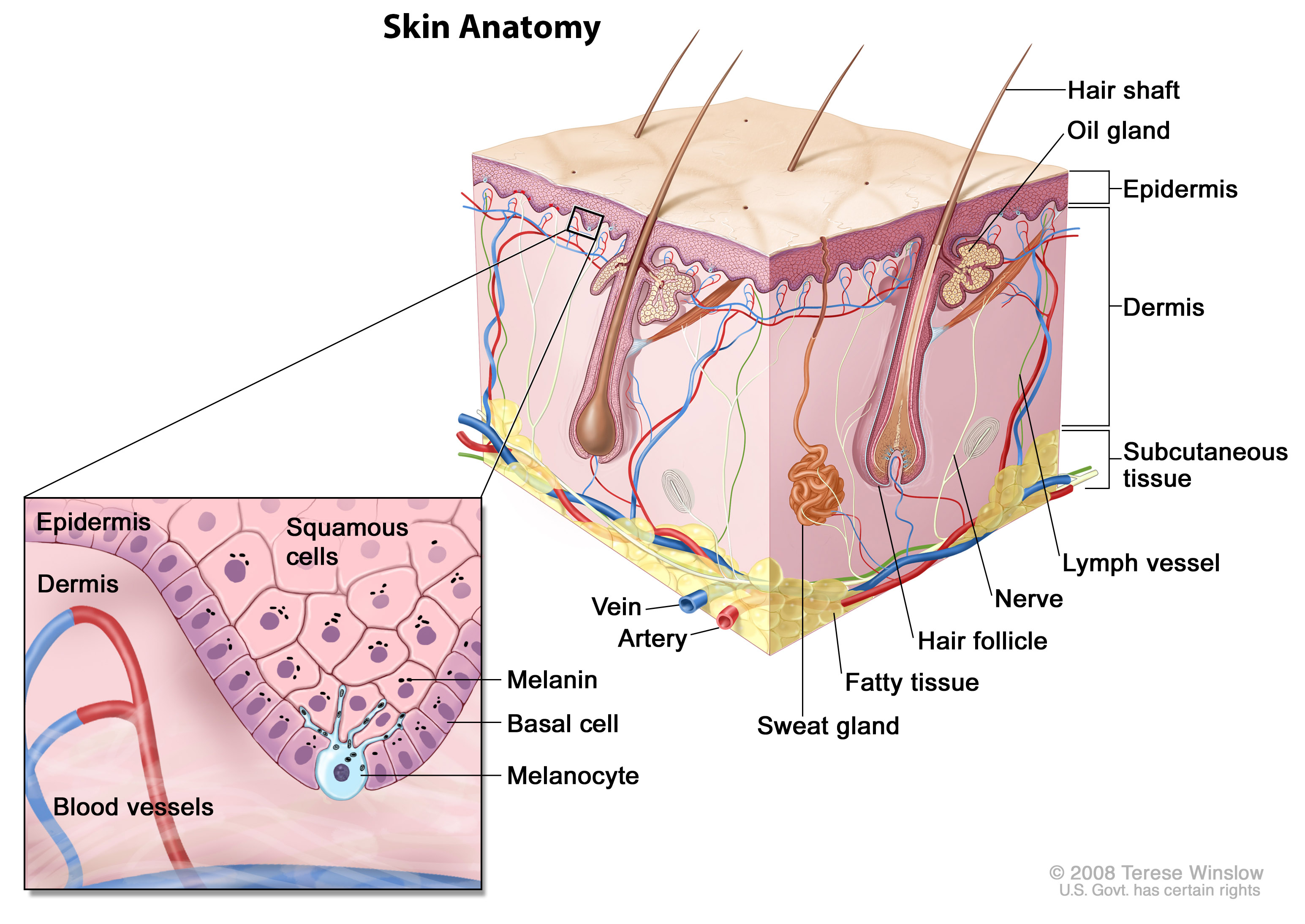Skin cancer is the most common type of cancer. Most are associated with UV ray exposure.
The three major types of skin cancer are basal cell carcinoma, squamous cell carcinoma, and melanoma, with basal cell carcinoma comprising the vast majority (90%) of skin cancer cases. Malignant melanomas account for approximately 5% of skin cancers and can progress very rapidly, requiring early detection and appropriate precautions. According to Government of Canada 2016 statistics, 6,800 Canadians were diagnosed with melanoma and 1,200 will die from it. Indeed, malignant melanoma is responsible for 75% of all skin cancer-related deaths. Thankfully, when detected early, the five-year survival rate for melanoma is 99%. The rate of detection has been increasing over the past decades.

Clinicians generally require a tissue biopsy to determine whether a skin lesion is malignant. From there, they can be sent to pathology to determine prognostic markers and, if required, genetic testing to best tailor therapy. Treatment is dependent on various factors, such as specific type of skin cancer and location of skin lesion.
Surgical excision is the most common treatment for skin cancers, making sure to give an appropriate margin around the lesion. Depending on how wide a margin and how much tissue is excised, reconstruction may be required. Under certain conditions, Mohs surgery can be considered, which is a precise tissue-sparing surgical technique wherein thin layers of cancer-containing skin are removed and examined under the microscope until no more cancer-containing tissues is visualized.
Our surgeons are able to perform skin cancer excisions, which are usually booked as day procedures at the BC Cancer Agency or at minor clinic.
More information can be found at the following links:
